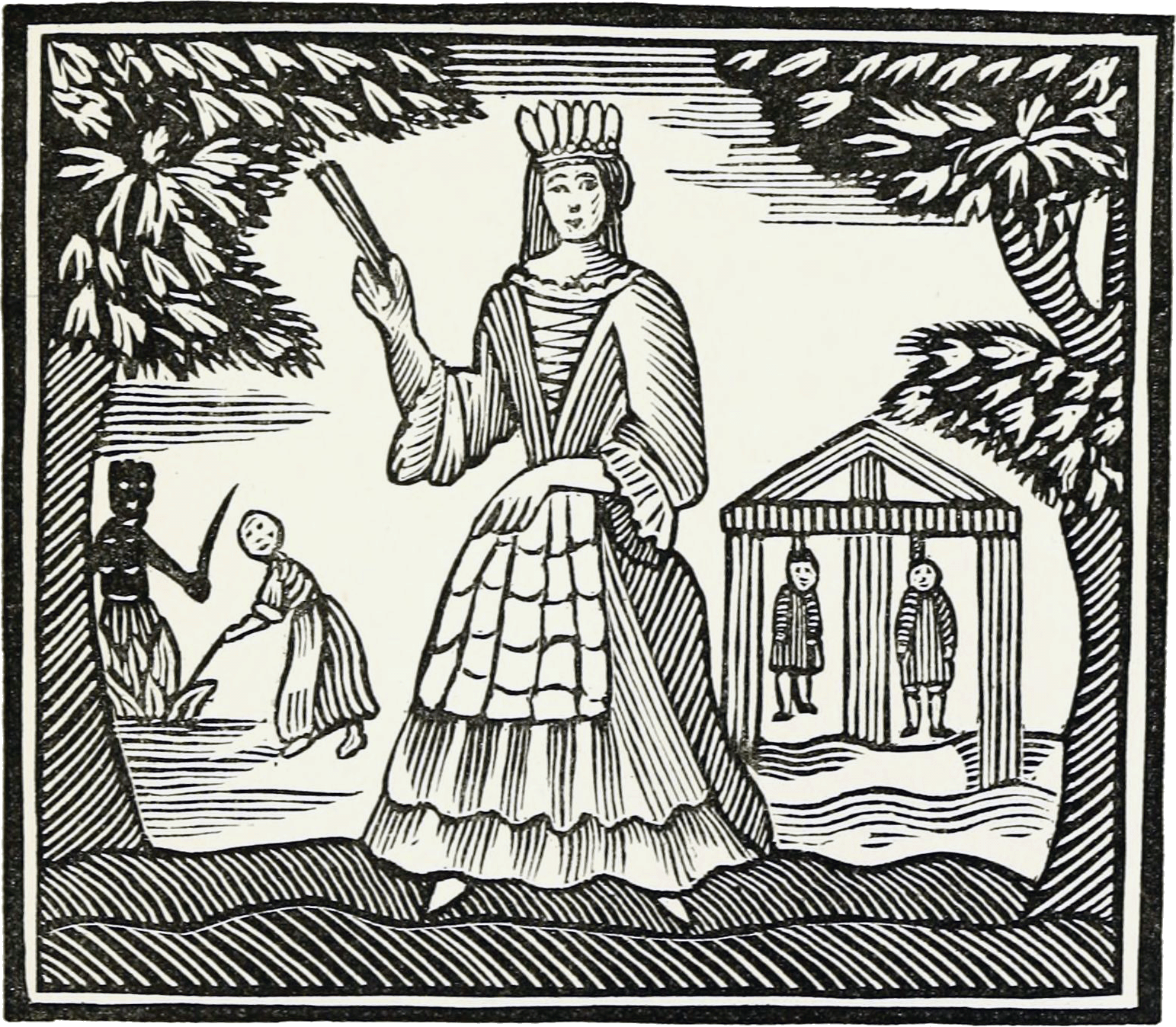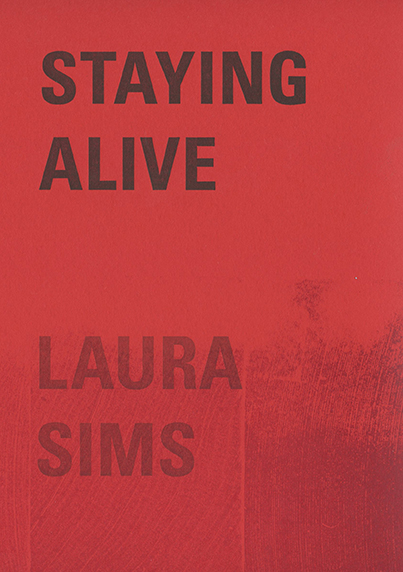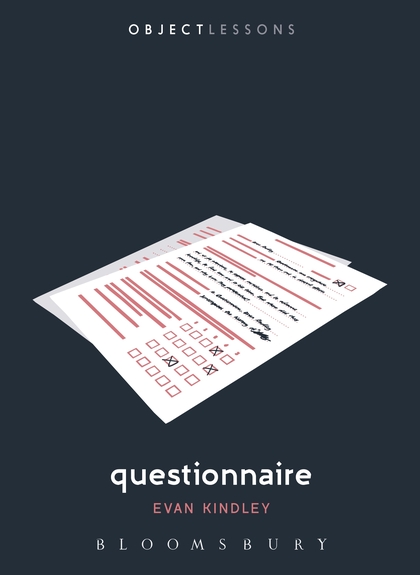【Secret Confessions (2025) No Label Episode 45】
Staff Picks: Pink Shells,Secret Confessions (2025) No Label Episode 45 Invisible Animals, Unreliably Unreliable Narrators
This Week’s Reading

An illustration of Moll Flanders from an eighteenth-century chapbook.
I’m glad I never read Moll Flandersin college. Because it was published in 1722 and has the structure of a picaresque, I would have dismissed it as primitive. I’d have thought Daniel Defoe didn’t know how to write an actual novel. Now Moll Flandersstrikes me as the kind of artwork big enough to invent a way of writing fiction—in the voice of a woman, with all the freedom, moral ambiguity, and sexual complexity of a man. Moll is what James Wood would call an “unreliably unreliable” narrator. Sometimes we get to smile at the gap between her Christian principles and her career as a thief, but just as often there will be a scene—as for example, when she’s a little girl telling her foster mother that she’s afraid of going into service—that have the ring of documentary truth. (Defoe often adapted interviews and eyewitness accounts in his fiction: that ambiguity is at the heart of his novels.) Moll Flandersmay have impressed me especially because I’d just read Play It As It Lays, in many ways a descendent of Moll, but whose charm now lies mainly in its period details—the cigarettes, phone booths, and unair-conditioned nights. —Lorin Stein
I only started reading Music and Literature’s newest issue on the train this morning, but I’ve already fallen quite ardently for one of their featured writers, Ann Quin. This has happened once before with M&L, who brought me the Argentinian poet Alejandra Pizarnik in their last issue. At quick glance, the two women aren’t all that dissimilar: both are rather unknown, both were tormented by suicidal inclinations. (Quin took her life just a year after Pizarnik took hers, and at nearly the same age.) Of the two short pieces of fiction in M&Lby Quin, my favorite is the second, “Eyes that Watch Behind the Wind”—an arresting story of lovers in Cuetzalan, Mexico, who sway back and forth in their adoration and disgust for each other. Nearly each one of Quin’s sentences oscillates with sex and with rage, no matter how innocent some of them appear: she writes of the pink shells that hang on the necklace that drapes over one of the woman’s breasts and of burying the man in sand; of the eight bulls hemorrhaging from the mouth after banderillos strike them and how the woman “felt almost an urge to … Be ravished. Even Raped.” Quin’s prose never falters; it’s stunning, almost especially when it’s brutal. —Caitlin Youngquist

Laura Sims’s poems in Staying Alive, her fourth collection, are part creation myth, part apocalyptic remnant, part post-civilization idyll—not that these are mutually exclusive categories, which is why lines like “The trees. / The sound. / The water. // The rider. / Wild // Animals. The trace. The wheels. The fire. Space. The bowl” are so intoxicating. Quoting Sims here doesn’t do her poems justice: her lines are measured and airy on the page, quietly intense, and the poems are shapeless, each an open-ended fragment of at most thirty words or so. They oscillate between wistfulness (“The wind made a sound, small and lost in such space / Here grew the tall trees / Here hung the large stars. In the groves they lay down, the invisible animals.”) and horrifying strangeness (“What stood in our yard were like demons / outside of time. One had a rock in its mouth, / another a tree branch.”). I’m almost afraid of reading too much at a time, afraid that climbing out will be far harder than falling in. —Nicole Rudick
Be vigilant, friend, for we live in the age of the BuzzFeed Quiz. (New today: “What Kind of Cereal Are You?” and “Can You Tell Payless Shoes Apart from Others?”) Beneath every expression of preference is a rat’s nest of prejudices, insecurities, and empty assertions of selfhood. Fortunately, there’s Evan Kindley’s Questionnaire, one in a new crop from Bloomsbury’s Object Lessons series—it offers a rich primer on humankind’s submission to inane paperwork. In the questionnaire, Kindley demonstrates, bureaucrats found a ridiculously simple solution to a long-standing problem: How do you get people to open up about themselves to total strangers? Turns out that just asking, ideally with some veneer of officialdom, is a great way to start. As Kindley writes in his introduction, “The decision to provide information about oneself, as irresistible as it sometimes seems, is neither a natural human instinct nor an automatic social good”; it takes a finely tuned questionnaire to coax us out of our shells, and there are dubious intentions behind just about every form. Eugenics, managerial power-plays, electoral politics, Christian matchmaking, latent fascism, female desire—you name it, some questionnaire has interrogated it. Kindley’s book provides a lucid, distressing look at the backbone of demography. It brought to mind the epigraph to Wallace’s The Pale King, taken from a Frank Bidart poem called “Borges and I”: “We fill pre-existing formsand when / we fill them we change them and are changed.” —Dan Piepenbring

David Thomson’s New Biographical Dictionary of Film: Fifth Edition, Completely Updated and Expandedhas, over the years, become my favorite book to browse. It subverts all expectations of reference book. Yes, its entries have biographical facts and filmographies, but most entertaining is Thomson himself, whose prose style and opinion seep into every line. Thomson’s entry on Tom Hanks begins, “People like Tom Hanks. They find him amiable, decent, and nonthreatening … He is a given; he is the makeup” (which is why he was picked to play the lawyer in Philadelphia, according to Thomson). Of Keira Knightley, he writes, “She is astonishingly beautiful … but she is about as interesting as a crème brûlée where too much refrigeration had killed flavor with ice burn.” He makes it clear that Murder She Wrotewas a waste of Angela Lansbury’s talent, and has a tendency to compare female actresses born in the early eighties to Anna Paquin, on whom he has a very apparent crush: “Scarlett Johansson, an actress who seems pale and flimsy next to Paquin’s immense versatility and daring.” As opinionated as it is, it’s a handy tome, one in which I continually find new treasures. —Jeffery Gleaves
Search
Categories
Latest Posts
Google Pixel Buds Pro 2: $40 off at Amazon
2025-06-26 11:09Sony launches new flagship XM6 headphones: Order them now
2025-06-26 08:41Popular Posts
AMD Radeon RX 550 + Intel Pentium G4560
2025-06-26 10:44Film Academy expels Bill Cosby and Roman Polanski
2025-06-26 09:49Dating pitfalls in 2021, from hot vax summer to cuffing season
2025-06-26 09:42See the newest, adorable photos of the royal baby, Prince Louis
2025-06-26 09:15Parental Controls: How to Lock Down Your Kids' iOS Devices
2025-06-26 08:57Featured Posts
Outdoor speaker deal: Save $20 on the Soundcore Boom 2
2025-06-26 11:17The best 4K streaming devices of 2021
2025-06-26 10:55Apple has delayed return to office indefinitely, new report claims
2025-06-26 10:08Ireland fines TikTok $600 million for sharing user data with China
2025-06-26 09:15Popular Articles
5 Ways to Access a Locked Windows Account
2025-06-26 11:17TikTok launches viral food takeout business, but the idea has holes
2025-06-26 09:59'The Last of Us' Season 2, episode 5: The spores are here!
2025-06-26 09:16Newsletter
Subscribe to our newsletter for the latest updates.
Comments (76988)
Unique Information Network
Waitin’ on the Student Debt Jubilee
2025-06-26 11:08Exploration Information Network
The best (and worst) pandemic moments from 2021 TV
2025-06-26 10:22Prosperous Times Information Network
J.K. Rowling takes aim at Donald Trump's massive signature on Twitter
2025-06-26 09:22Pioneer Information Network
Tesla cars are getting Sonic, TikTok, and more in a festive holiday update
2025-06-26 09:06Fresh Information Network
Best roborock deal: Save $400 on Q5 Pro+ Robot Vacuum and Mop
2025-06-26 08:56